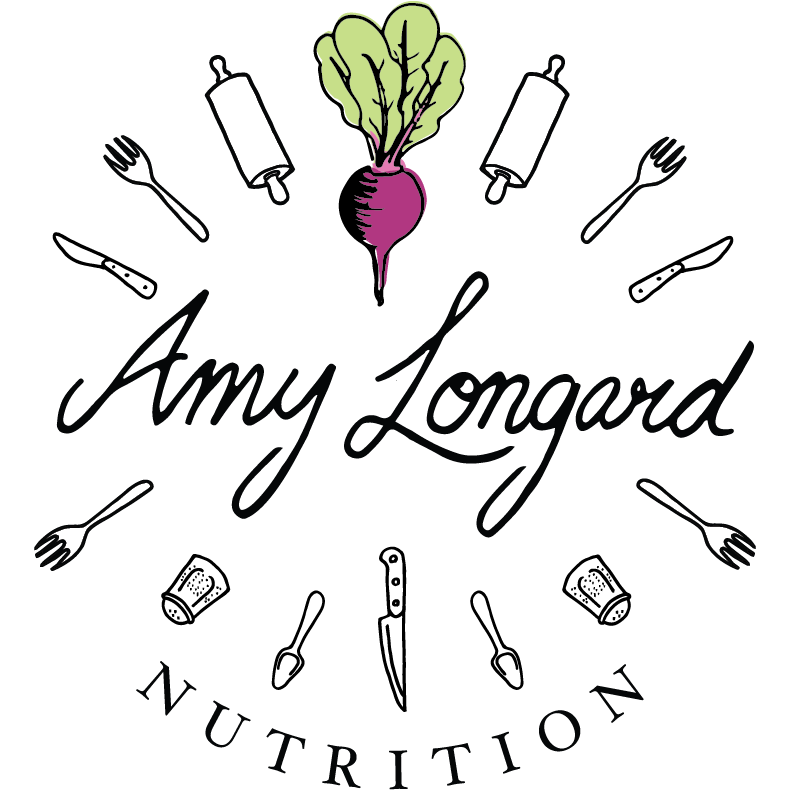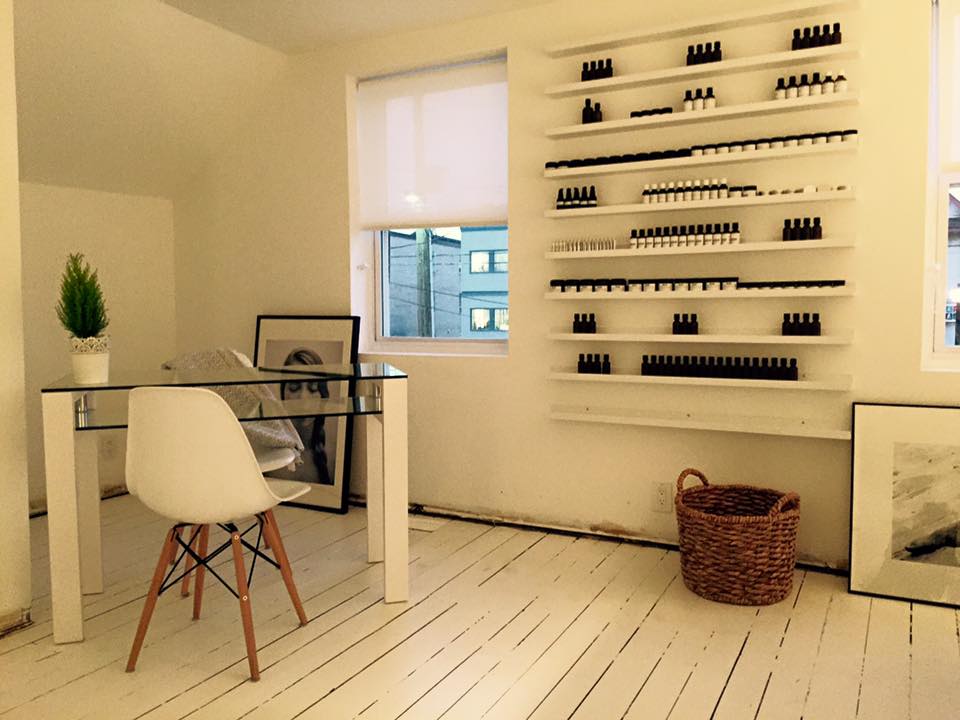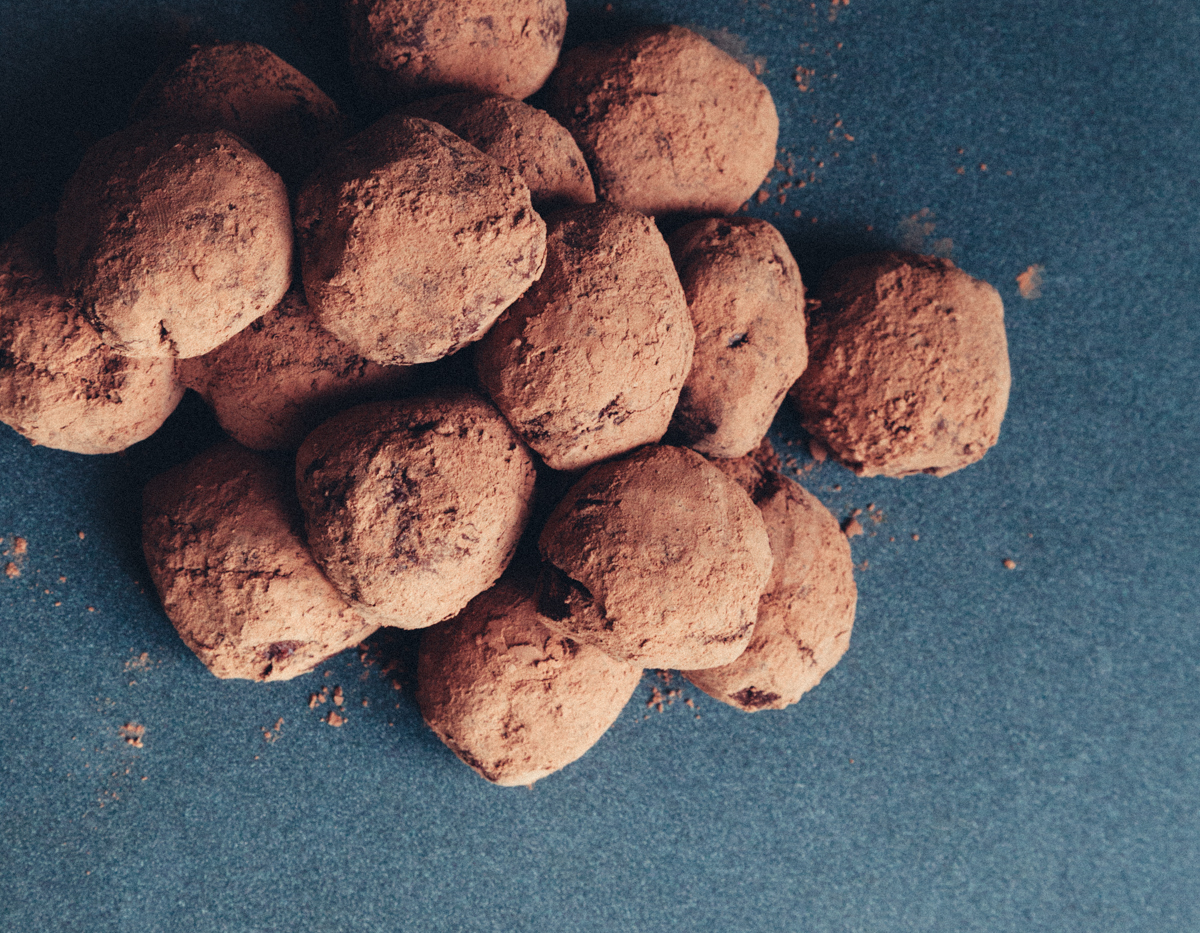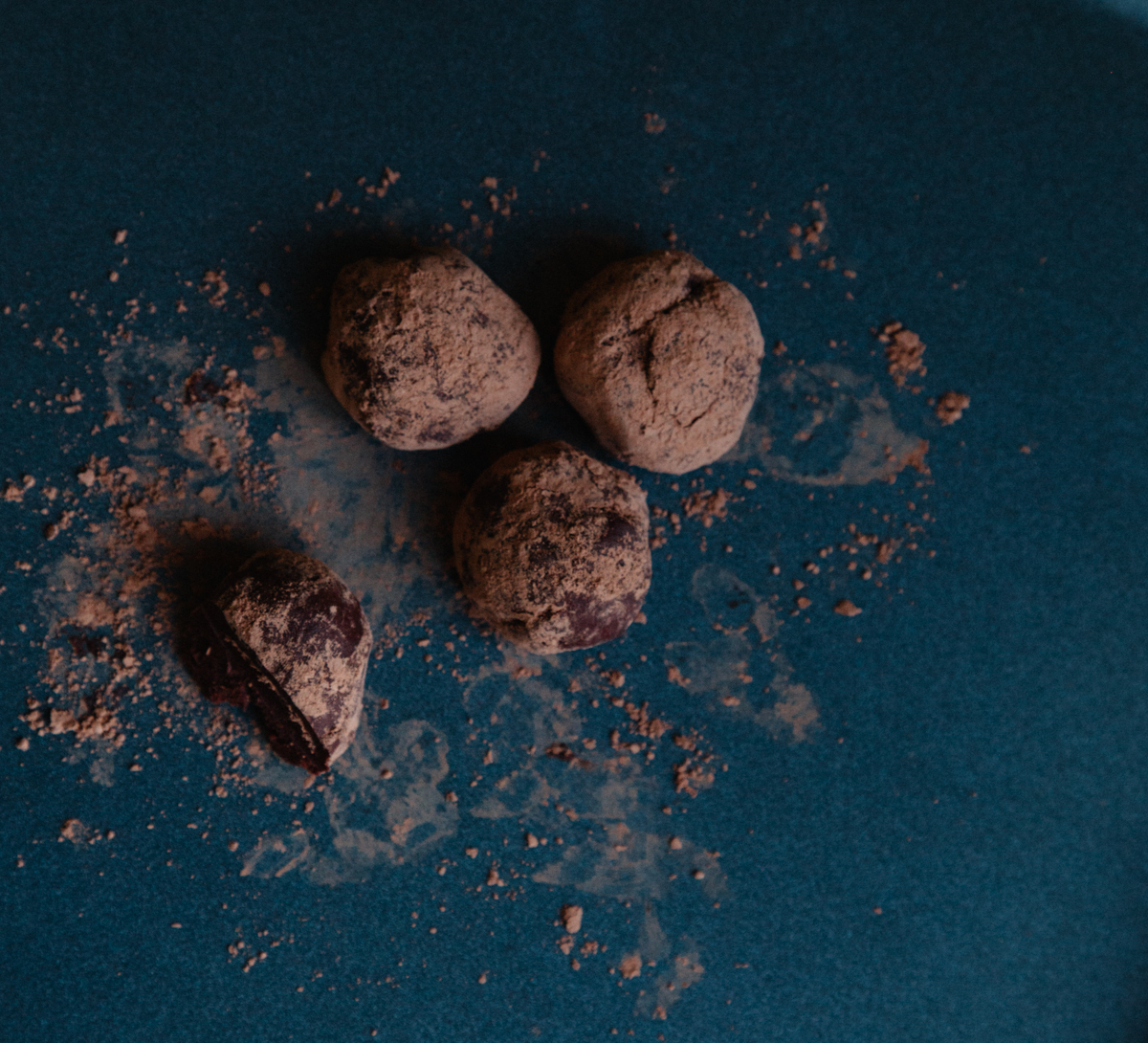Flotation Therapy: I Tried It, I Liked It.
Growing up in Nova Scotia, I spent my summers swimming in the ocean or the lake near my house. I could (and did) spend hours upon hours and days up on days swimming. Being immersed in water, floating and weightless, provided a sense of calm for me. It’s no surprise I was intrigued when I first learned about flotation therapy.
Most recently I decided to try “floating” at ISÖ Spa, Ottawa’s newest flotation therapy centre. As you’ll see in the photos below, it’s impeccably clean with private rooms and state-of-the-art flotation pods. The aesthetics and cleanliness of ISÖ Spa immediately gave me a good vibe. Not to mention that the staff and the owners are super friendly and welcoming.
If you’re thinking of trying it out, let me tell you a bit about my first experience at ISÖ Spa. I will admit that despite my open-mindedness and East Coast water-loving upbringing, I was a little bit leery as I entered the private flotation room. Seeing the large coffin-like pod full of water evoked a teeny bit of underlying claustrophobia. Regardless, I decided to take the plunge. I stripped down and hopped into the pod, closed the hatch and settled in for 60 minutes of what I assumed might feel like an eternity.
During the first 10 or 15 minutes of floating, I was a bit restless and couldn’t quiet my mind. After a while, I felt my consciousness drifting somewhere between awake and asleep. I guess you could say I was in a deep state of relaxation for an upwards of 30 to 40 minutes. I was so relaxed, in fact, that I continued floating after my allotted time. I was completely oblivious to the audio prompts (sounds of crashing waves and seagulls) and ultimately I was jolted “awake” (for lack of better words) when the water filtration system turned on. It took me by surprise because I honestly didn’t expect to feel that relaxed.
I left pod feeling really good, contented and at ease. I also couldn’t believe how quickly time passed and how my initial anxieties were long forgotten. I have tried floating 3 times now and I have to say that it’s been different each time. I’m sure if you decide to give it a try, your experience could be entirely different than mine. If you’ve tried floating before, I’d love to hear about your experiences in the comment section below. If you’re just learning about the concept of flotation therapy or if you’d like to learn more, please read on.
I recently spoke with Mika Husband, the co-owner of ISÖ Spa, for some insight on this practice. Below, Mika gives us the full scoop on the mental and physical benefits of this alternative therapy, his experience with floating, and why he left his career in Calgary to launch ISÖ Spa in Ottawa.
Amy: I have been to ISÖ Spa a few times now and really enjoyed the experience. For those who are not familiar with floating, can you explain how it works and what to expect?
Mika: Well it’s a pretty simple concept really. Floating is simply the act of entering into an environment that is devoid of light and sound and lying back in water that is super saturated with Epsom salts. At ISÖ Spa, we use isolation pods to create this environment, whereas other places might build specific float rooms or have tanks in which people float. By closing the lid on one of our pods and shutting off the light, people are able to disconnect from the outside world and simply let their minds and bodies relax.
The Epsom salts create an amazingly buoyant, low gravity environment where clients are able to float effortlessly to help ease pain and fatigue while the lack of any stimuli (no sound or light) allows the brain to slow down and relax. (Amy’s note: if you don’t want to be in complete darkness, you have the option to turn on dim lighting)
That’s pretty much what its all about…it’s the ability to put our phones aside and reconnect with ourselves for a change!
Amy: What are the health benefits of floating?
Mika: For me, the greatest benefit is stress relief. But then that’s just me.
A lot of our clients report having reduced pain and inflammation in their joints, reduced back and muscular pain, and migraine/headache relief. But in reality, I’d say that those are just some of the potential benefits for the body.
Additionally, I think there are a vast array of benefits for the mind. In today’s world, its really hard to get away from the constant barrage of emails and phone calls and just be alone with one’s thoughts. That’s what floating provides…the ability to disconnect and tune out. Some of our clients report a feeling of euphoria, increased clarity of thought, reduced anxiety and just a general feeling of wellbeing.
There have been a number of medical studies over the years that back some of these claims as well. Some of the research points to the following potential benefits for the mind: reduced stress/hypertension, improved sleep patterns and reduced fatigue/jetlag, increased mental acuity and clarity of thought, and reduced anxiety/depression.
While other research points to the following potential benefits for the body: chronic pain relief associated with arthritis & fibromyalgia, reduced back/neck pain, improved circulatory function and muscle relaxation and healing.
Amy: What's your favourite part about floating?
Mika: Well first of all, I’d say that everyone has a different experience when they float in one of our pods and that no two floats are the same. It really is a unique and individual experience.
That said, my favourite part about floating is the calmness that it instills in me. I’m naturally a restless person and don’t find it all that easy to just switch off and relax, so floating works wonders for me!
Whether I’ve drifted off to a sleepy state or if I’ve simply been alone the whole time with my thoughts, I always emerge from the pods in a much more relaxed state. I truly don’t know of any other environment or pastime where you can disconnect so completely and just be…its really quite an amazing experience!
Amy: Why did you decide to open ISÖ Spa in Ottawa?
Mika: Well, at about this time last year I was living in Calgary where I used to float quite frequently. I found it helped with some back problems but then also found that it was the perfect way to get away from a pretty high stress industry that I was in.
Then I found myself spending a fair bit of time here last winter and realized that there really wasn’t the same thing available here. So, I got together with a long-time buddy of mine (Jasson Grant) and pitched him on the idea. At first, he was skeptical but then he fell in love with the idea and thought that we could potentially do very well as flotation therapy is becoming more and more mainstream. And that was pretty much the genesis of our business!
You know, we opened ISÖ Spa with a view of running a business, which is natural. But one of the added benefits that we get from it is the ability to chat with our clients and share their experiences in the pods. We’ve had a great time so far in getting to know our clients and see their reactions as they sit and ponder their float sessions. It has really been fun and we look forward to getting to know more and more people in our community!
Amy: Do you have any plans for growth or expansion?
Mika: I’d love to say yes! But for right now, we’re really focussed on getting this store fully going and to spread the word about floatation therapy. Its still a very new concept to Ottawa, so we are doing everything in our power to get the word out to people. Once we do that, then maybe we can look forward to other plans.
If you'd like to learn more about ISÖ Spa you can visit their website, or follow them on Facebook, Twitter, and Instagram.




































































